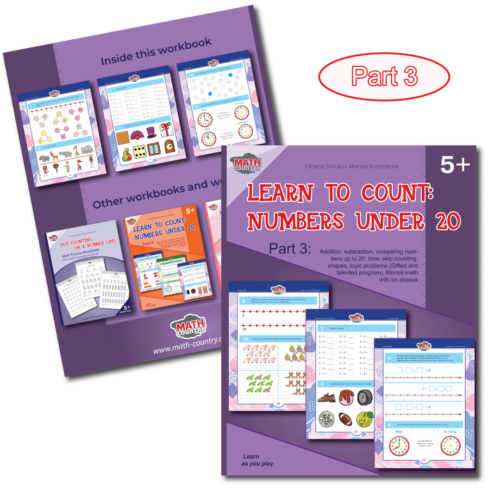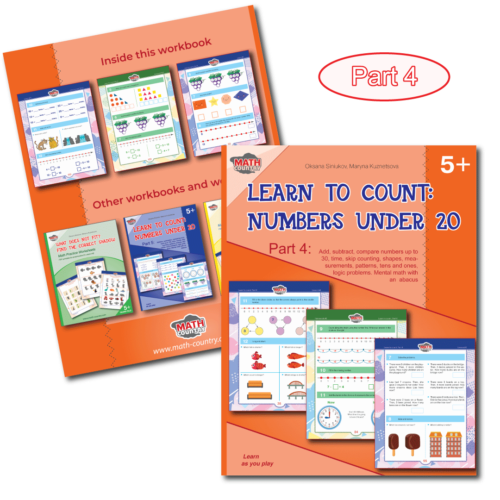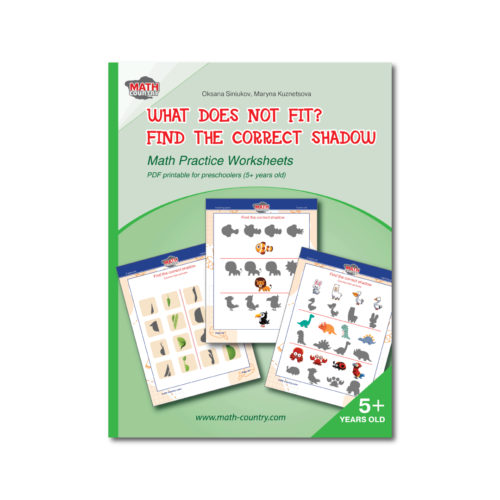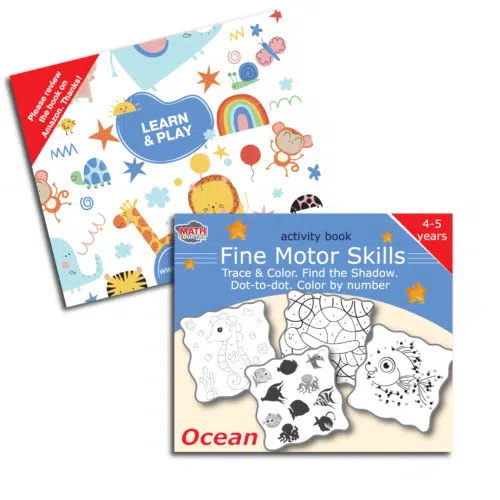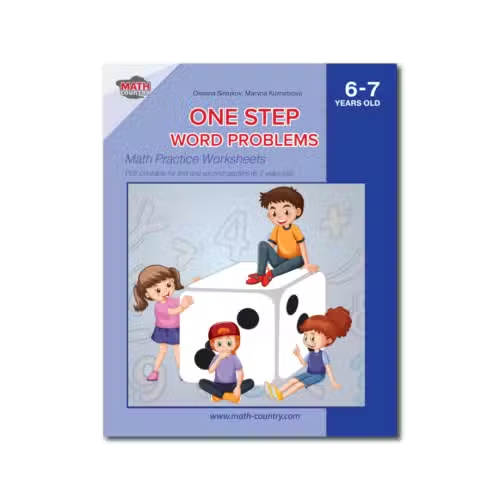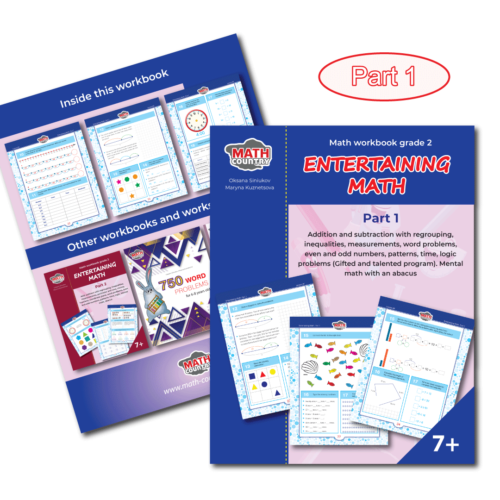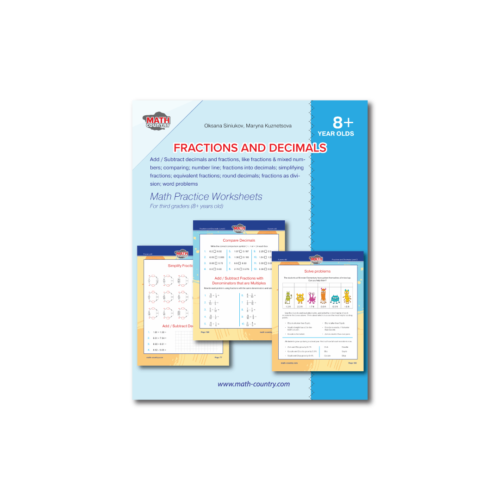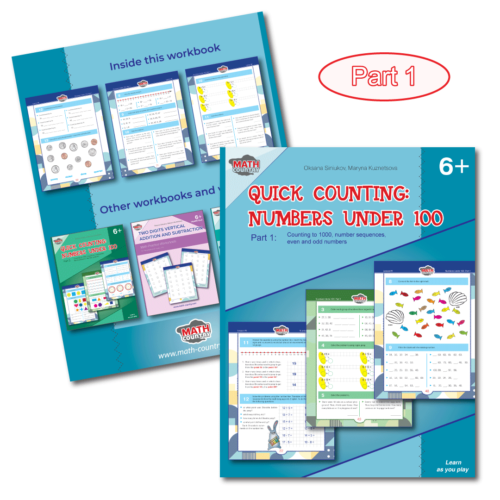It is important for children to develop logical thinking from an early age. This is important not only in order to study well at school, but also for the future life of the student. Logic and the ability to reason consistently are tools that are necessary in all every day and professional situations, which, once mastered, a child will use throughout his/her life.
Spatial relations and geometric figures are an integral part of mathematics. This type of tasks allows you to identify the level of formation of spatial relationships (higher, lower); explain whether the concepts of addition and subtraction are worked out and show the relationship between them. Tasks, including spatial relationships and geometric shapes, allow children to develop thinking, attention, memory, and the ability to analyze.
After analyzing the test results, it can be stated with a high degree of probability that the student does not clearly define objects and their number; distribute objects poorly into groups according to signs and forms; has difficulty comparing the number of objects and establishing a relationship according to certain signs; does not correctly determine the direction of movement; does not break groups of objects into parts according to a given attribute; does not find “extra” objects according to any attribute; experiences difficulties when it is necessary to continue the sequence of objects and figures according to a given attribute.
To develop this skill, we recommend regular exercises with materials:
Spatial relations and geometric figures Lv. 2Aleksandr2024-04-25T01:54:52+00:00
